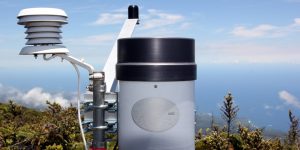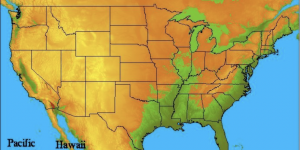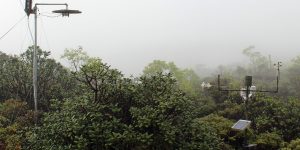Climate change impacts shifting landscape of the dairy industry in Hawai‘i
Photo credit: Dr. C.N. Lee Contributed by Mandeep Adhikari: mandeep@hawaii.edu Future projections indicated that air temperature would increase 1.3 to 1.8 °C by mid-century and 1.6 to 3.2 °C by the …










